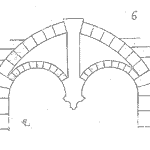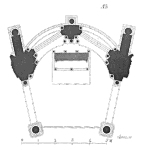
This is also called the “p test”
When comparing proportions that are from a population with a fixed number of independent trials and each trial has a constant probability of one or another outcome (Bernoulli experiments) then we can use a p test. p is the probability of success, and 1-p is the probability of failure. Caution: stay consistent once you define success otherwise, like me, you’ll have a bit of confusion. n is the number of trials. [Read more…]














 Ask a question or send along a comment.
Please login to view and use the contact form.
Ask a question or send along a comment.
Please login to view and use the contact form.